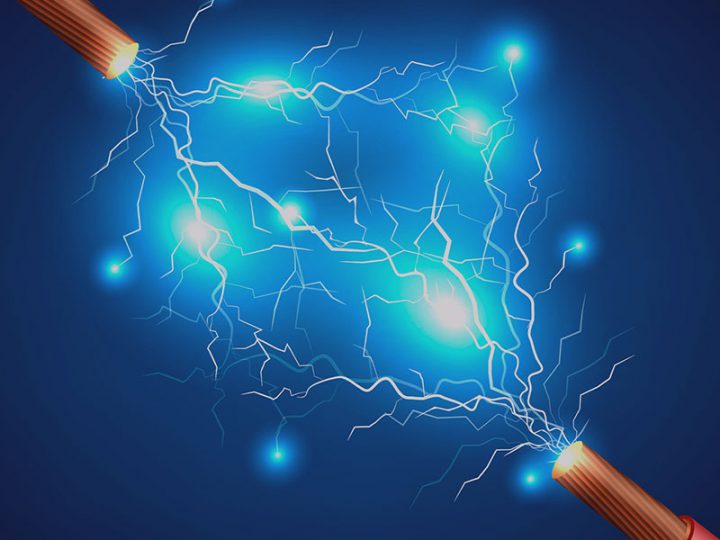In 1922 F. Scott Fitzgerald published the short novel titled, “The Curious Case of Benjamin Button”, the story of a man who ages in reverse. Almost 100 years later, in 2008, it was made into a highly successful film starring Brad Pitt, in part its success can be attributed to the leading actor but also to the story itself.
Naturally all humans get older with time. While in the first three decades of life our overall performance seems to improve, the following part of life is more or less a struggle with deteriorating function. Our tissues and organs fail to perform with us, especially when they suffer from diseases.
This sad truth seems to hurt the developed societies the most. People live longer and better, yet their tissues and organs are exhausted from extended usage, changes in physical activity, diet and face globalized infections that now spread in just weeks. Almost every disease leaves a mark on our internal organs and soon they start to fail.
If we cannot reverse time, can we replace our own used parts as we used to do in our favorite old car and still enjoy the ride?
Many avenues have been developed and investigated, including human genome decoding, stem cell manipulation and reprogramming, and regenerative medicine. Regenerative medicine has been widely promoted as the next pillar in life sciences to enter the field of medical care, joining devices, drugs, and novel therapies.
With advancements in cell biology in the late 1970s and early 1980s, the promise of in vitro-produced tissues and organs gave rise to the field of tissue-engineering (TE) and, more broadly, cell-based therapeutics (CBTs). By definition, TE is a science within regenerative medicine that aims to grow replacement tissues and organs in the laboratory to help solve the shortage of donated tissue available for transplants.
In the broad field of regenerative medicine, scientists all over the world quest for a way to build, reproduce, replace or improve function of the failing organs. CBTs utilizing the developed tools of tissue engineering have proven effective. Currently several cell-based products are either already available on the market or have just been clinically adopted, including skin, cartilage, blood vessels, bladder, cornea, maxillo-facial reconstruction, myocardial regeneration or cancer vaccines. In total, there are over 1000 clinical trials ongoing under a broad-based definition of CBTs and the overall market and sales for TE products are constantly growing.
Currently developed interventional techniques limit our understanding of organ replacement to artificial devices, such as hips or knees, or to allotranplants. Although the high mass production of these artificial joints or lenses is feasible, not every patient is suitable for replacement surgery that is highly invasive, leaves relatively large amounts of foreign material in the body and is characterized by a limited lifespan. On the other hand, the shortage of available donor organs, rejection or inadequate immunosuppression result in increasing queue of patients on transplant waiting lists and a still relatively short survival following clinical organ transplantation. Immense amount of effort is currently aimed at developing immunomodulation strategies, in order for the transplanted organ to survive longer in the genetically non-identical recipient.
Fueled by fantastical images in the lay press, unrealistic promises from the scientific community and unbridled enthusiasm within the funding communities, TE companies enjoyed enormous research and development budgets in late 1990s. While these first-generation CBT companies can be credited with promoting the growth of bioengineering programs in academics and pioneering early intellectual property, regulatory pathways and manufacturing strategies, they failed to develop a successful business model for this novel form of personalized medicine.
Some early successful TE companies have suffered and failed due to the limitations of reproducibility and technical upscaling of their production in response to the rising market demand.
These limitations can be coupled with the recent advancements in 3D printing, which initially have been utilized to produce models for surgeons preparing to perform a complicated surgery in order to visualize the real geometry and plan the whole intervention accordingly.
Currently, precise bioprinters are a promising technique for replicating the body’s complex tissues and organs.
Only recently, using a sophisticated, custom-designed 3D printer, regenerative medicine scientists have proved that it is feasible to print living tissue structures. The scientists printed ear, bone and muscle structures. When implanted in animals, the structures matured into functional tissue and developed a system of blood vessels. The structures seem to have the right size, strength and function for use in humans.
The development of this novel platform in life sciences is challenged due to several technical and biological obstacles.
1. In the case of CBTs, the key hurdles are almost certainly related to biological functionality and therapeutic efficacy:
a. Reproduction of a highly complex structure and function of human tissues and organs, that not only have to be similar (or, ideally identical) to the recipient in terms of genetic conformity, but also have to perform ideally the same function as an removed organ.
b. The implanted structures should live long enough to integrate with the recipient’s body.
c. Appropriate programming the aging of tissues and organs is necessary, for example it should be impossible to build a child-like organ and introduce it to an adult.
2. In terms of the technical aspect, current printers based on jetting, extrusion and laser-induced forward transfer cannot produce structures with sufficient size or strength to implant in the body.
3. While previous commercial successes in drug and device fields have relied heavily on animal models, few scientists in the field of CBTs appreciate the difficulty of transitioning cell biology-driven technology across species.
In the ideal world, 10 years from now, scientists and clinicians would use CT and MRI data to produce a personalized, tailored organ on demand for a symptomatic patient that can be replaced with surgical intervention. Every hospital and dental practice would utilize a bioprinter to produce an autologous spare part and replace the ailing one or perform reconstruction with a personalized tissue. Alternatively, current tissue banks would transform into organ replacement factories where TE platforms will be utilized to build spare human parts.
Common use of bioprinters to build replacement organs and tissues appears to be the most promising development in life sciences for the coming decade. The overarching goal in life sciences is to fabricate stable, human-scale tissue of desired shape and function that is suitable for implantation.




